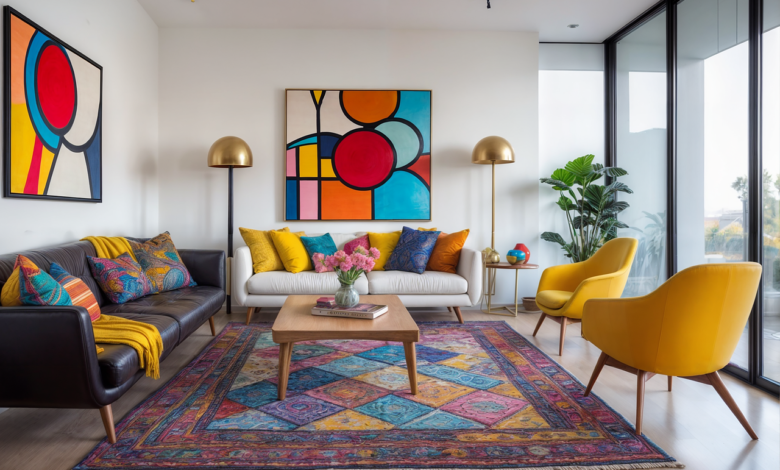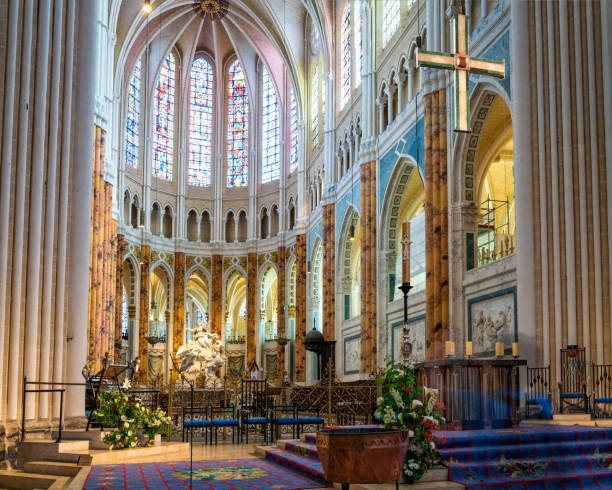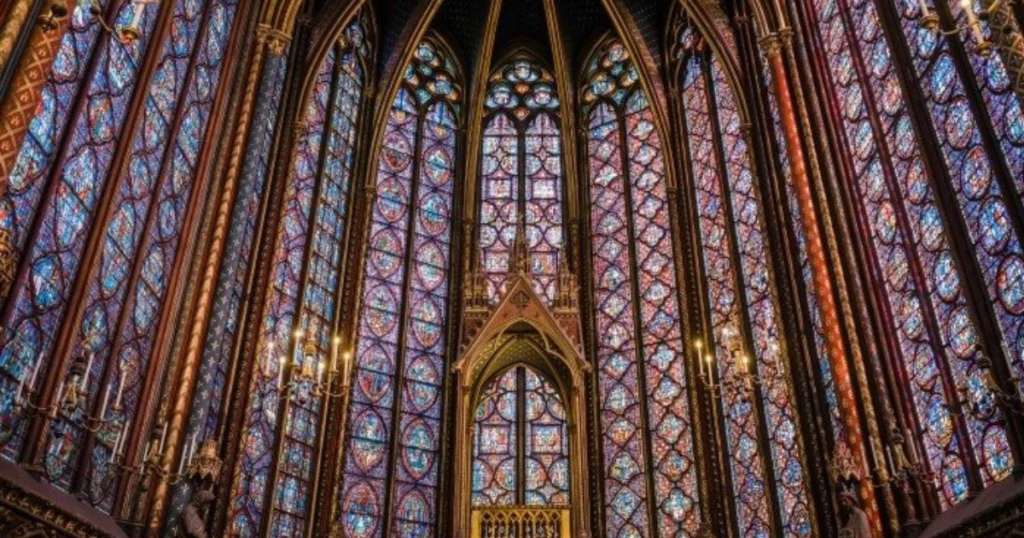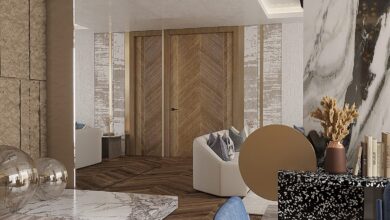Modern design concepts: how have they changed through the ages?
Modern Design and contemporary design rely on clean lines and neutral colors, creating environments that are both stylish and practical

Have you ever wondered how we arrived at the designs we see everywhere today?
From the simple surfaces of giant buildings to the modern technologies that adorn our homes, each period has significantly impacted the evolution of designs. Throughout the ages, design reflects the development of society and technology in every period, from the beginnings of ancient times to the innovations that characterize modern design today. All of this has transformed the concept of contemporary design, becoming more linked to practical and aesthetic needs simultaneously.
But how has this concept evolved? How have historical, cultural, and technological factors influenced the change design has witnessed? The design has seen a set of changes that have contributed in one way or another to its development over time, starting from furniture in the Middle Ages to innovative buildings in the modern digital age, all the way to artificial intelligence that gives another character to contemporary design, making it an art that reflects all designs and human intellectual development and the needs of society in different periods.
This article will review how  concepts have evolved over different ages, from ancient times to the current digital age. We will highlight how social, cultural, and technological factors have shaped modern design patterns, focusing on the trends identified in each period. The reader will discover how design was linked to beauty and function at every stage and how it responded to changes in the world.
concepts have evolved over different ages, from ancient times to the current digital age. We will highlight how social, cultural, and technological factors have shaped modern design patterns, focusing on the trends identified in each period. The reader will discover how design was linked to beauty and function at every stage and how it responded to changes in the world.
What will you discover in this article?
- Historical roots of modern design: How did design begin and influence antiquity?
- Medieval Design: What were function and aesthetics like in that era?
- Design in the nineteenth century: The Industrial Revolution and its impact on design methods.
- Modernism and design in the twentieth century: How did architectural and technological thought change the design concept?
- Modern design in the digital age: How has digital technology shaped contemporary designs?
Table of Contents
Let’s start at the beginning: In ancient times, design was about meeting basic human needs. The buildings and tools were simple and functional, like ancient Roman buildings or Egyptian pyramids. The idea here was limited to performance, meaning that form followed function.
The historical roots of modern design
But over time, design began to take on more complex but more beautiful forms, especially in the Middle Ages, where we started to see the emergence of a group of designs that combined art and function at the same time, as in the case of Gothic churches that were characterized by intricate stained glass windows and structures that were more than just a place of prayer but an artistic expression of faith.
Medieval design: function and aesthetics
During the Middle Ages, design began to be associated more with religious and cultural concepts. For example, churches were designed in a way that conveyed prestige and spiritual influence with the use of luxurious colors and materials. Think of the cathedrals we see in Europe, such as Notre Dame Cathedral in Paris. Not only because these buildings met the needs of prayer but also because they were both a cultural and artistic expression.

Design in the Nineteenth Century: The Industrial Revolution and its Impact
With the Industrial Revolution in the 19th century, almost everything changed. Large factories began to appear, and new tools and furniture had to be designed to meet the needs of labor and production. In this era, we notice the beginning of the emergence of functional and simple designs. With the emergence of the Arts and Crafts movement, characterized by a return to craftsmanship, designers began to look for ways to combine beauty with function better. One clear example of this is the designs of William Morris, who sought to revive the arts of hand decoration and the use of natural materials.
Modernism and Design in the Twentieth Century
The twentieth century’s industrial and technological revolution significantly altered the perception of modern design. During this period, designers created new design schools, such as the Bauhaus, which revolutionized modern design, focusing on simplicity and minimal decoration. Consider the designs of Le Corbusier, who introduced the concept of “form follows function,” a philosophy that fundamentally transformed the design field. When we look at the most famous buildings of the 20th century, such as the Flatiron Building in New York, we see how modern and creative the design was. These buildings were more efficient and less complex in form, emphasizing modern materials such as steel and glass.
Modern Design in the Digital Age
The transformation that modern design has witnessed today, with digital development, has made it more complex. This technological revolution has radically transformed the modern design process from classical medieval design to contemporary design, focusing on innovation and sustainability.
Software companies have used advanced technology such as 3D printing, and the focus of these companies and designers on environmentally friendly materials has made us see designs that combine beauty and technological innovation, such as smart homes or devices that display smooth and fantastic geometric shapes.
An example is Apple’s designs, which combine beauty and function in every product while increasing awareness of environmental issues. The design has focused on using recyclable materials and energy-saving technologies, reflecting a commitment to a sustainable future.
Design is part of our daily life
As you can see, the evolution of design is not just a process of changing form but rather a reflection of the social, cultural, and technological transformations of each era. From the functional simplicity of antiquity to the complex and clever forms of the digital age, each design shows how human needs have changed and our understanding of beauty and function has evolved. Understanding these shifts can help us appreciate the designs we live with today and even enable us to interact with them better in the future.



